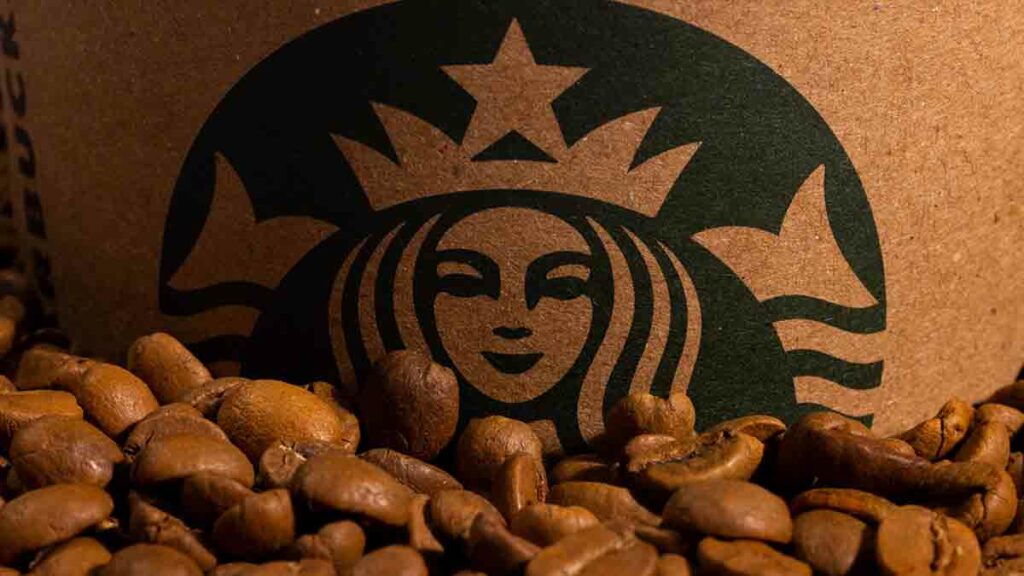Continuing the thread of the previous post, we move on to the Starbucks case with part 3 of the lessons of their brand strategy. We are going to highlight another of the key elements of their points of sale: the free wifi connection. This allows customers to surf the Internet while their order is being prepared and then consumed.
You will see in their urban shops that there are always some people working on their laptops. They are perfect places to take advantage of “off-peak moments” (when you have to wait for something or someone). These are points where you know you can make progress on pending tasks that don’t require too much concentration.
Starbucks’ open-door policy also deserves a mention, as it reflects a lot of welcoming vibes. This means that anyone is welcome in their shops at any time. Although this may not seem remarkable, it really is.
Starbucks has a very specific target audience. It does not only target coffee lovers, but people who are willing to pay extra for a little something extra. This extra comes in the form of ambience, experience, convenience and product variety.

Starbucks’ success is reflected in the last 20 years of its track record
Over the past two decades, the brand’s market capitalisation has increased 50-fold. If we look at the company’s latest analysis, we can see that annual revenues are on an upward trajectory.
Its management team focuses on exactly what customers want, providing them with a classic and enjoyable experience. This helps to build strong brand loyalty, with customers spending more money on a coffee than they would at any other coffee shop.
Starbucks’ winning approach is entirely based on research and strategy. Rather than “what you need”, the brand has focused on “what you don’t need”. A curious and productive investment that is strategically productive. It is in this way that they have managed to perfectly segment their ideal audience.
Starbucks’ market segmentation and audience profile can be classified as follows:
Geographic orientation
Founded in Seattle, USA, Starbucks currently has an international reach in more than 80 countries, with more than 32,000 shops. The majority of its customer base is located in urban areas.
Demographic orientation
Demographic characteristics are age
- Age: Mostly people between 20 and 60 years old in general.
- Gender: Any gender
- Occupation: Young professionals, entrepreneurs and casuals
- Income type: Mostly middle/high income earners
Psychographic orientation
Most of your clients are defined by a certain lifestyle and status in society. In other words, most of your clients are self-employed, independent and somewhat extroverted by nature.
Behavioural orientation
Generally, we are talking about an enthusiastic personality that loves the coffee shop experience. The Starbucks environment helps them think creatively, while their customer service creates a sense of belonging.
In their shops, they find the perfect place to work, meet with friends or hold office meetings. All of this, together, helps them to build brand loyalty.
In the next and last post of the series, we will talk about some more highlights.
Photo credit: EA